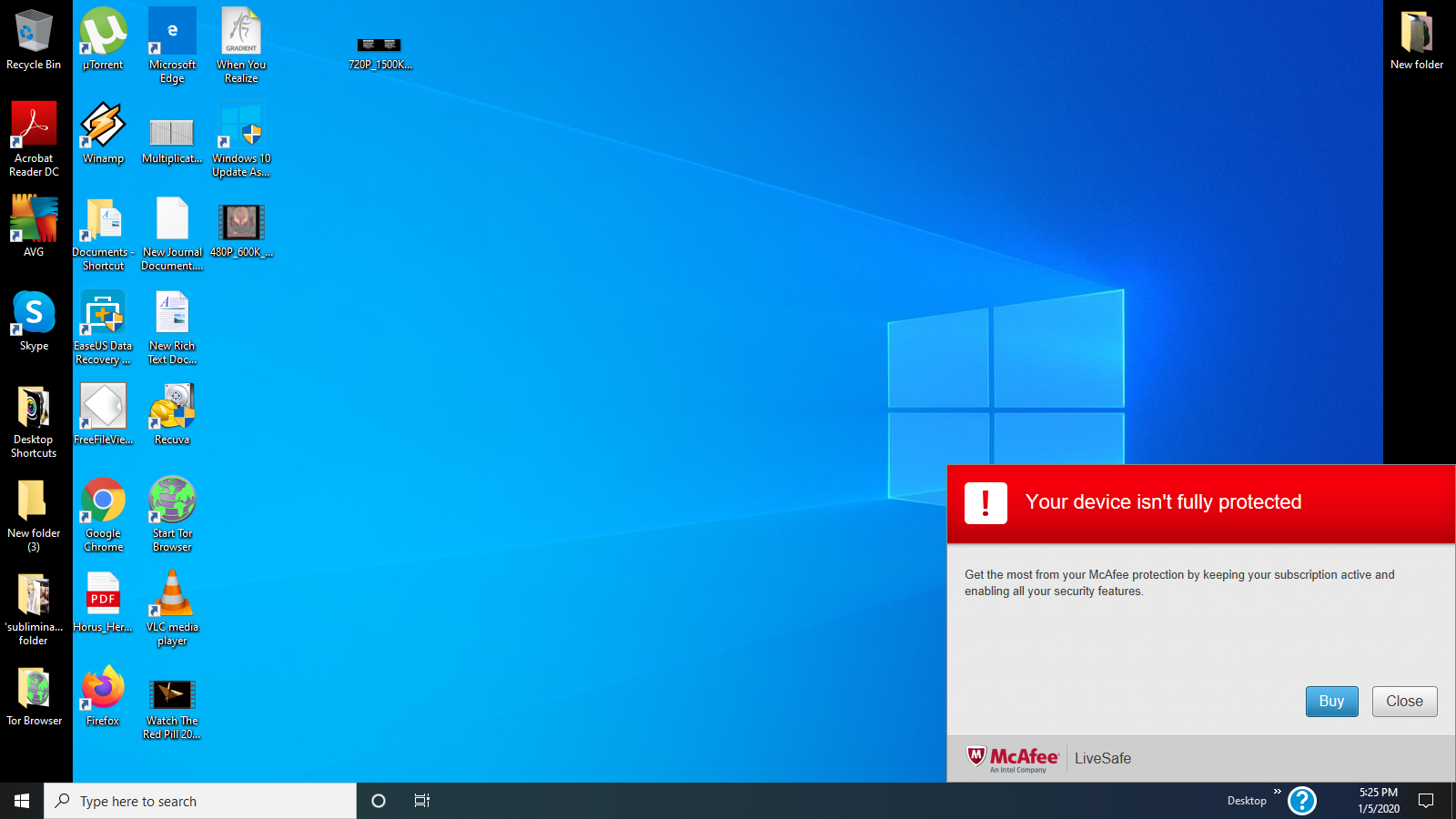
Wait for the Mac to boot, then open Word. When Word is open, stop your timer. Then repeat the test for a Windows PC, starting with the PC turned off. Also note that Office 2004 was written for PowerPC chips, but you're running it on an Intel Mac. Repair Office Installation. To repair the frozen Word, you have two options to repair the Office installation: 1. Manually repair Office; 2. Use a third-party Office repair tool. Select either option to repair your MS Office and make the Word application to work again. Manually Repair Office Installation with Programs.
Last updated: October 2019
Applicable for: Office 365 subscriptions; Word 2019, 2016, 2013 and 2010. Running on Windows 7, 8 and 10 operating systems.
Here’s a question we got from a reader:
Word View Side By Side
Lately, i am noticing some slow down in my Microsoft Word software performance, this is visible mainly when starting up the software. My feeling is that some additional packages i have installed are causing this. Any ideas from your side?
Why Microsoft Word is slow?
Microsoft Word’s performance is in general reasonable fast but it can definitely deteriorate and significantly slow down if bloated with add-on software or running on dated or inadequate hardware. Same can happen in other MS Office apps, such as Excel and Outlook, which might fell a bit clunky.
Speed up Microsoft Word if it’s slow
In this article, you’ll find some quick DIY tips to clean up your Microsoft Word install which based on feedback of many of our readers, will result in faster performance. There are cases in which a hardware upgrade might be needed, but there is a lot you can do in the software configuration side, before considering buying new hardware.
Disable Word Add-ins
Microsoft Office software has the capability to host Add-In components. These small software programs extend the capabilities of the standard Office package to improve user productivity. In a way, you can think of those little programs as browser Add-ons, but just for Microsoft Office. The caveat is that sometimes, these Add-Ins slow Word, specially at startup, as the programs are loaded when Word is started causing a noticeable delay. This is probably the most common performance hiccup of Microsoft Office program, so it’s applicable also to Excel, PowerPoint, Access and Visio.
If you notice that Word is slow as startup, you might want to look into your installed Add-Ins and temporarily disable the ones you don’t currently need. Here’s how to accomplish that:
- Open Microsoft Word.
- Hit the ‘File’ button at the top right and choose ‘Options’ at the left side of the screen.
- Now, click on Add-Ins at the left side of the Windows called ‘Word Options’.
- Now, Choose ‘Go’ after selecting Manage ‘COM Add-Ins’ at the bottom of the same window.
- Uncheck the Add-Ins you don’t need in order to disable them (In my case, I’ve got just one COM Add-In to disable).
- Hit OK.
- Close Microsoft Word.
- Startup Word and see if you notice fast startup performance. If so, you might want to remove the disabled Add-Ins altogether, this will be covered in the next section.
Remove unwanted Add-ins
Similar to the previous tip, however, instead of un-checking the COM Add-Ins entries to disable proceed as following:
- Go ahead and highlight the entry to uninstall
- Hit Remove.
- Repeat for all required entries.
- Once done hit OK.
Always work on local documents
Retrieving document and saving changes into files stored in remote locations (OneDrive, SharePoint libraries, shared folders etc’) is typically time consuming and depends on your network performance. Therefore, If possible, ensure that the documents you are working are stored in your local drive. Once done, sync your changes into the network location or save a new version of your document so you can share with others contributors or reviewers.
Note: If possible, also ensure that the local drive storing your documents is uncompressed.

Disable Auto Correct options
By default, Word checks your spelling and automatically correct any mistakes found in your text. Very useful feature, but has a performance penalty.
To skip auto corrections, proceed as following:
- Navigate to Options, then navigate to the Proofing tab.
- Navigate to the lower section of the tab, and uncheck “Check spelling as you type” and “Mark grammar as you type”.
- Hit OK.
Note: you’ll need to check your spelling and Grammar manually (Review tab>> Spelling and Grammar).
Disable Screen Tips
Screen Tips help you receive additional information and guidance when you hover on hyperlinks, comments and so forth. This is useful, but might impact Word performance.
To cancel ScreenTips display in your Word document, proceed as following:
- Navigate to Options, then in the General tab, navigate to the UI options section.
- Then, under ScreenTips style, select Don’t Show ScreenTips.
- Hit OK.
Clean Temporary/Unwanted Files
Quite often, cleaning up temporary/unwanted files can significantly improve your personal computer performance. Freeware solutions such as CCleaner and TreeSize Free can be specially helpful. Don’t forget to clean both your Temporary files and the Registry. You could also remove unwanted software that are installed in your system using the Add/Remove Programs panel.
Consider an hardware upgrade
Scrolling In Word Office For Mac Is Slow Free

Couple of readers contacted me reporting slow performance issues when working with large files which included pictures, which caused Word to get stuck. One of the solutions would be to upgrade your computer RAM memory to 8GB, specially if you run multiple programs in parallel or do some intensive work on image and video editing software.
View Side By Side Option
Hopefully, these steps should make Word much faster. If you don’t notice anything different, leave us a comment below.